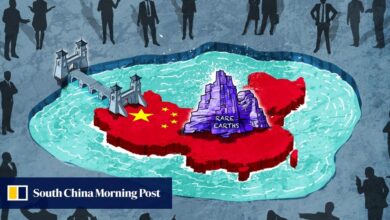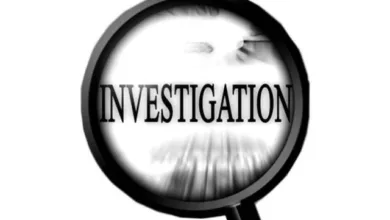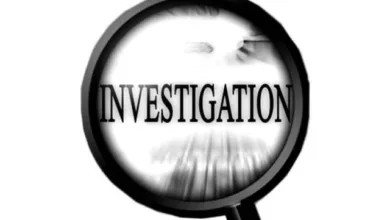Life Style
Macroscope | Central banks rush to gold as fears of US dollar crisis mount

Why are central banks, including those of China and India, adding gold bullion to their reserves at an almost alarming rate, to the point where gold is now second only to the US dollar as an official reserve asset? It is not for the same reason that others are snatching up the yellow metal, which is to act as a hedge against inflation or stagflation.
Central banks have instead joined the gold rush because they fear financial crises occurring, simultaneously and on multiple fronts, and these institutions constitute the first line of defence in dealing with such contingencies. But why gold? Because a crisis of the world’s chief reserve asset – the US dollar itself – could be in the offing.
Gold has overtaken the euro as the world’s second-most-important reserve asset for central banks, driven by record purchases and soaring prices, according to a European Central Bank report published this month. Bullion accounted for 20 per cent of global official reserves last year, outstripping the euro’s 16 per cent.
Central bank gold holdings are now back to where they were in the 1960s, before gold went out of official fashion. This is no ordinary diversification of central bank reserves. It more closely resembles panic buying – not so much financial funk on the part of central banks as a scramble to stay ahead of anticipated crises in the financial system.
It is difficult to fight fire with fire, and so in a situation that could include a bonfire of paper currencies led by the US dollar, only precious metals such as gold could serve as instruments to help douse the blaze. Unlike paper currencies, precious metals do not burn up when the heat is on in financial markets.
Acting as an effective currency is not the role most people have seen gold play since US president Richard Nixon delinked the US dollar from gold in 1971, ending gold’s de facto role in the international monetary system. But plus ça change, as the French say, and gold seems to be regaining its former lustre as a monetary instrument.
Source link



